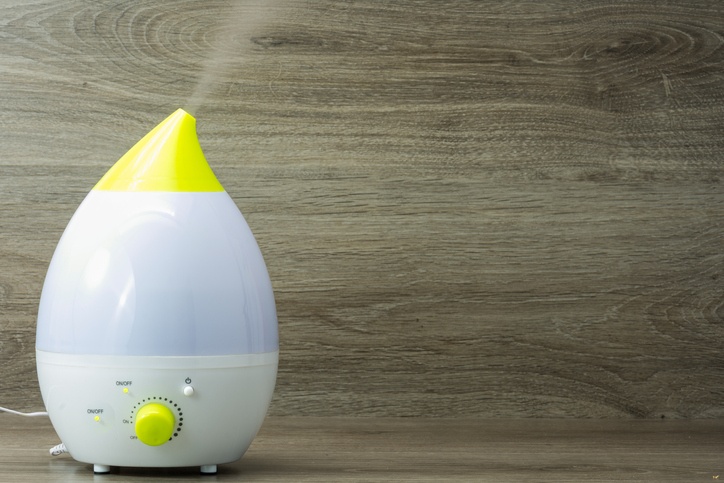“Dry winter air can wreak havoc on the body, producing a number of cold and allergy signs. Dry air also can harm paint and wood furniture. Even though we cannot control the humidity level outdoors, we could use humidifiers to regulate the indoor humidity. Humidifiers are designed to increase the moisture, or humidity, in the air.”

https://www.naturallivingideas.com
The quality of outdoor air is really a major problem for us all. Social groups do all they can to protect the environment and air. Nonetheless, at the same time, people don’t think about the polluted air they breathe and about the poor quality of air in offices and our homes. For most of the cases, the quality of indoor air is lousy to air outside. Those living in a very dry climate find a humidifier a very convenient household appliance to increase the moisture in the room. Humidifiers enables you to humidify the whole house or a single room.
Though there are several kinds of humidifiers, they all work by the same basic concept: water is placed in a holding tank and electronically sent into the air. Cool mist humidifiers, also referred to as evaporative humidifiers, use a fan to blow water by a wick filter. The cool mist of water then evaporates into the air. Warm mist humidifiers, on the other hand, heat the water prior to sending it into the air. Cool mist versus warm mist is basically a matter of preference, though warm mist units typically make less noise. Warm mist humidifiers may also be used to dispense inhaled medications. In addition, warm mist units do not require a filter as the heating mechanism kills bacteria. Alternatively, it does require much more energy to heat the water. Care needs to be taken when using warm mist humidifiers since they can prevent a risk of burns. Furthermore, those in warmer climates might prefer the cool mist humidifiers as they cool the air.
Humidifiers additionally vary in size, water capacity, and area served. For instance, tabletop humidifiers, or room humidifiers, are small in size and are built to be used in one room only. Tabletop models can be found in cool mist or warm mist. Console models are larger units and are made to control the humidity of multiple rooms. When purchasing a console humidifier, look at the prescribed coverage area to figure out its appropriateness for your space. Almost all console humidifiers utilize cool mist, or evaporative, technology. Furnace humidifiers, as the name implies, are professionally installed in the furnace ducts and are used to treat the entire house. Although higher priced initially, furnace humidifiers require less maintenance and are less costly to function annually.
Several humidifiers are easier to clean and to maintain than the others. A really basic humidifier might require you to open up a cap and hold it underneath a faucet. Others might enable water to be piped in or siphoned in. Some have filters that should be replaced periodically. And depending how big and bulky the unit is, cleaning the unit periodically might be a nightmare, therefore there are even self-cleaning humidifiers available today.
Another significant consideration when choosing a humidifier is the humidistat. While low humidity might cause dry nasal passages, high humidity can cause the growth of bacteria and mold. A humidistat controls the humidity level and keeps it within an acceptable range. If you are unclear about your home’s humidity level, a device called a hygrometer can measure it. Low-cost hygrometers are available at most local hardware stores.

 August 4th, 2018
August 4th, 2018  lynsa
lynsa  Posted in
Posted in  Tags:
Tags: